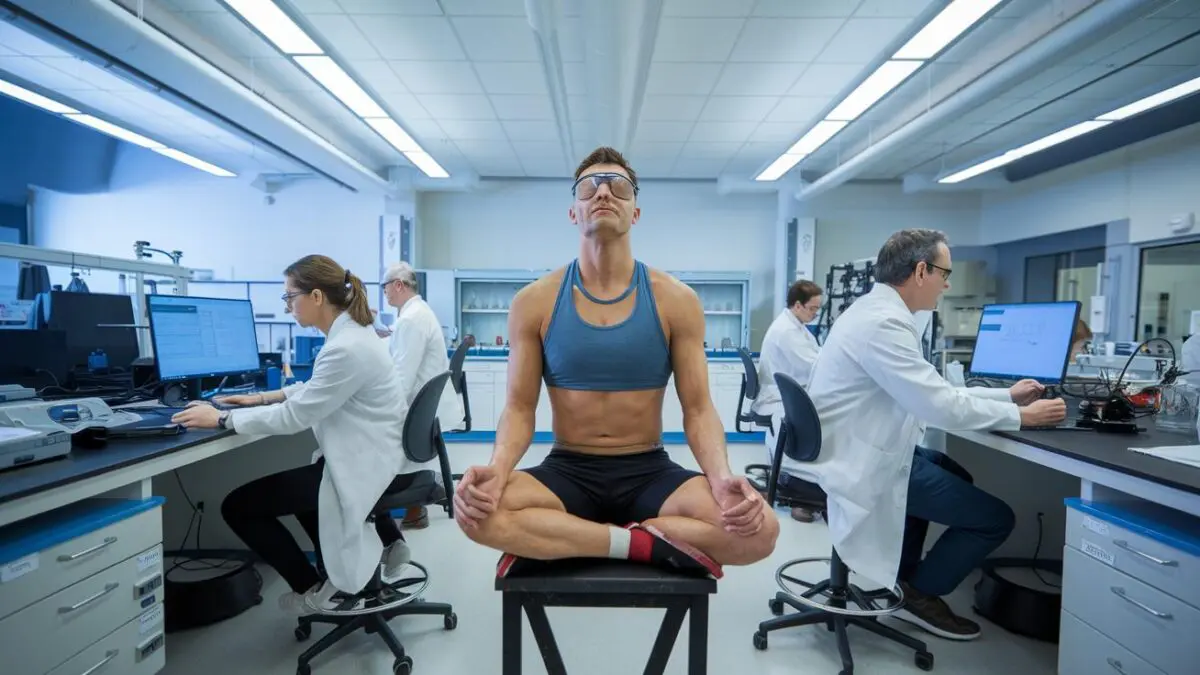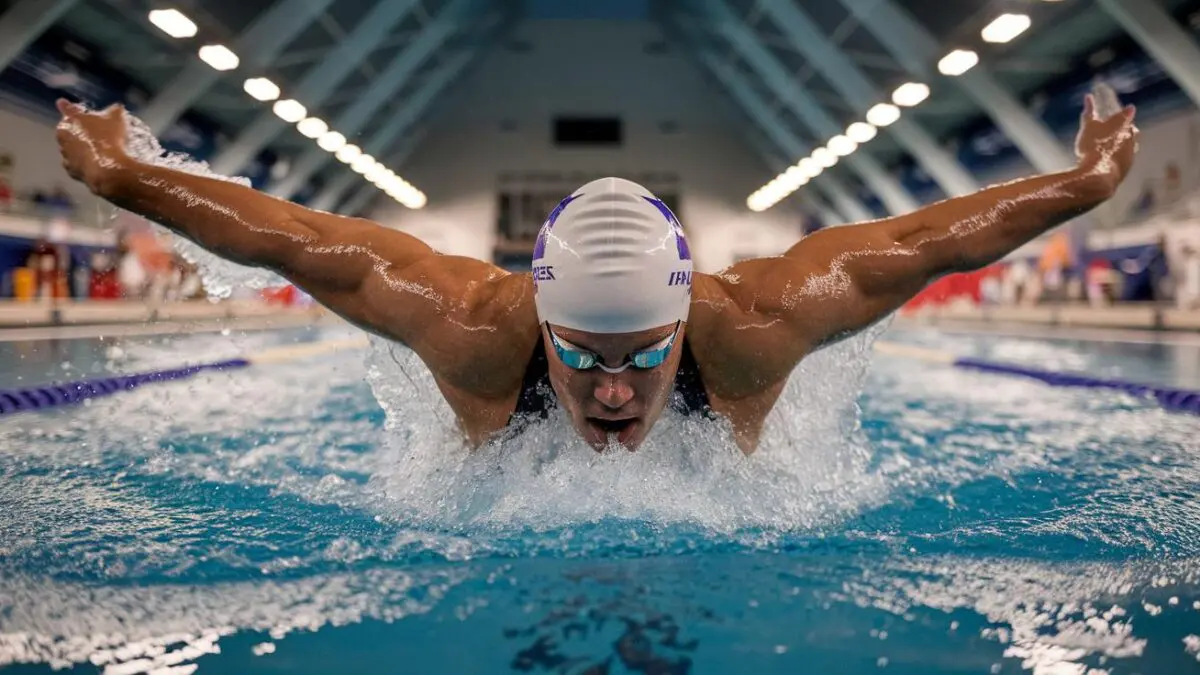Amidst the splash and excitement of competitive swimming, a new technique is making waves—literally and figuratively. This method involves a refined focus on the biomechanics of the ‘two-angle kick’, a nuanced approach that has been linked to remarkable improvements in swim speeds across various events.
Revolutionizing swim techniques
The two-angle kick technique is not entirely new but has gained prominence due to recent enhancements and deeper understanding by coaches and biomechanics experts. Traditionally, swimmers have been taught a more straightforward kicking style aimed at maximizing propulsion while minimizing drag. However, the two-angle approach modifies this by adjusting the angles of the kick relative to water resistance and body position.
This adjustment in kicking technique has been credited with improving overall efficiency in the water, allowing swimmers to use their energy more effectively during races.

Statistical evidence of success
Recent data from international swimming competitions has shown that swimmers who have adopted this two-angle kick technique have improved their race times by an average of 1.5%. While this might seem minimal, in the world of competitive swimming, a fraction of a second can be the difference between first and second place.
Analysis of performance before and after adopting this technique shows a clear trend of improvement, not just in speed, but also in endurance and post-race recovery.
Case studies and endorsements
Several high-profile swimmers have publicly credited their unexpected pace gains to the two-angle kick. Olympic champions and coaches have been vocal about the benefits, providing a seal of approval that adds to the technique’s credibility and allure.
Training programs around the world are increasingly incorporating this technique into their regimes, further indicating its effectiveness and acceptance within the elite swimming community.
Broader implications for swim training
The adoption of the two-angle kick technique has not only implications for elite swimmers but also for swim training at all levels. Coaches are beginning to rethink traditional training methods to include more scientific approaches that align closely with the latest research in sports science and biomechanics.
This shift may lead to more personalized training programs that consider an individual swimmer’s body mechanics more holistically.
Debate and ongoing research
Despite the growing adoption of the two-angle kick, there remains some debate within the swimming and academic communities about its long-term benefits and potential drawbacks. Ongoing research aims to quantify its effects more accurately and to understand its applicability across different swim styles and swimmer body types.
As with any athletic innovation, the full impact of the two-angle kick will likely be understood only over time, through sustained observation and study.
Practical takeaways for swimmers and coaches
- Review the latest research and data on the two-angle kick technique.
- Consider integrating the technique into training programs gradually, monitoring swimmer response and effectiveness.
- Stay updated with ongoing studies and reports from the swimming science community.





Wow, this two-angle kick technique sounds like a game changer for competitive swimmers! 🏊♂️
Has anyone tried this new kicking method in practice yet? Keen to know if it feels different compared to the traditional kick.
I’m curious how this technique affects swimmer’s fatigue levels over long distances. Any insights?
Sounds intriguing, but I’m skeptical. 1.5% improvement doesn’t seem like much. Is it really worth changing up training for this?
Thanks for sharing this! As a swim coach, I’m always looking for new methods to improve my team’s performance.
Do you think this technique could help with injury prevention as well? Lower back issues are common with traditional styles.